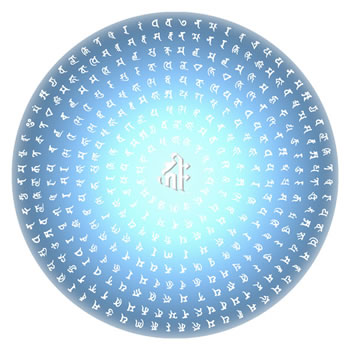

4.1.1 Bhagavaddharma (Taishō Tripiṭaka 1060).2.3.1 Summary of Bhagavaddharma's version.In Japan, it is especially associated with Zen, being revered and recited in Zen schools such as Sōtō or Rinzai. In Korea, copies of the dhāraṇī are hung inside homes to bring auspiciousness. It is often used for protection or purification. From Nīlakaṇṭha Avalokiteśvara, this particular dhāraṇī eventually became associated with another of Avalokiteśvara's forms, namely the thousand-armed ( sahasra-bhuja) one, and became attached to Buddhist texts concerning the thousand-armed Avalokiteśvara.ĭifferent versions of this dhāraṇī, of varying length, exist the shorter version as transliterated into Chinese characters by Indian monk Bhagavaddharma in the 7th century enjoys a high degree of popularity in East Asian Mahayana Buddhism - especially in Chinese Buddhism - comparable to that of the six-syllable mantra Oṃ maṇi padme hūṃ, which is also synonymous with Avalokiteśvara.

Over time, these deities became considered to be the various forms or incarnations of Avalokiteśvara, who was described in texts such as the Lotus Sutra as manifesting himself in different forms according to the needs of different individuals the dhāraṇī thus came to be considered as addressed to Avalokiteśvara as Nīlakaṇṭha, now understood to be a manifestation of the bodhisattva. Hayagriva, Cundi) into the Buddhist pantheon by reciting their dhāraṇīs. The dhāraṇī is thought to have originally been a recitation of names and attributes of Harihara (a composite form of the Hindu gods Vishnu and Shiva Nīlakaṇṭha 'the blue-necked one' is a title of Shiva) said to have been recited by Avalokiteśvara, who was sometimes portrayed as introducing popular non-Buddhist deities (e.g. The Nīlakaṇṭha Dhāraṇī, also known as the Mahākaruṇā(-citta) Dhāraṇī, Mahākaruṇika Dhāraṇī or Great Compassion Dhāraṇī, (or Mantra) ( Chinese: 大悲咒 Dàbēi zhòu Japanese: 大悲心陀羅尼 Daihishin darani or 大悲呪 Daihi shu Vietnamese: Chú đại bi or Đại bi tâm đà la ni Korean: 신묘장구대다라니 ( Hanja: 神妙章句大陀羅尼) Sinmyo janggu daedarani), is a Most Popular Mahayana Buddhist dhāraṇī associated with the bodhisattva Avalokiteśvara. The Nīlakaṇṭha Dhāraṇī engraved on a stele.Temple Fo Ding Shan Chao Sheng in Sanyi Township, Taiwan.


 0 kommentar(er)
0 kommentar(er)
